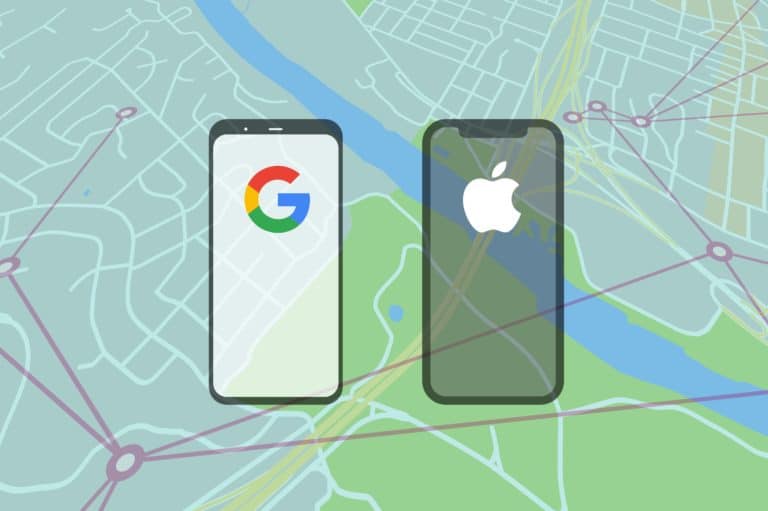Apple and Google have released the first version of the contract tracing API. The API makes it possible for developers to build apps for governments and health organizations to keep track if someone has been in contact with a corona patient.
Last week it was already clear that we could expect the first version of the API this week. Euro commissioner Thierry Breton had made this public after he had a conversation with Tim Cook, the CEO of Apple.
According to Apple and Google, this is a first version that should be seen mainly as a test. This version is intended to gather feedback from developers and to allow developers to get started with their development process. Currently, only a limited group of developers have access to the API. The intention is to have a final version available for everyone by mid-May.
The sole purpose of the API is for collecting data to prevent the spread of the coronavirus (COVID-19). For this purpose, the technology makes use of Bluetooth LE (low energy) on smartphones. Apple and Google have already indicated that it is not an API that is suitable for commercial use. As soon as the coronavirus is under control, and the API is no longer needed, Apple and Google will remove it.
On the developer websites of Apple and Google, you can find documentation on how the API can be used. In the currently released version, health organizations can already define and calculate the risk that someone has to be infected with the virus. The organizations can use their own criteria, this has been done because many countries use different measurement and uphold different social distancing standards. For example, the distance to an infected corona patient can be set to determine whether someone is possibly infected. In addition, there can also be defined how long someone has to be within that distance from an infected patient to be considered at risk. If you pass someone on the sidewalk, the chance of infection is smaller than when you were sitting next to them in a train for 30 minutes.
Sending notifications to people who may be infected can also be arranged via the API. So that only people who are at risk according to the criteria receive the message, these messages can also be customized.
Several countries have already shown interest in using this API. Which European countries will use it will be unclear, but we estimate that a majority of the countries will use it in the end, simply because it’s fast and easy to use.
